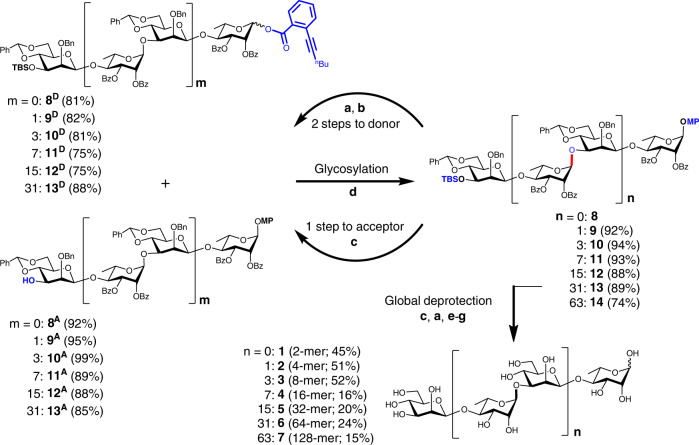Fig. 2. Iterative assembly to the preparation of glycans up to 128-mer (7).
a CAN, CH2Cl2, MeCN, H2O, 0 °C; b o-hexynylbenzoic acid, EDCI, DMAP, CH2Cl2, rt; c TBAF, HOAc, THF, rt; d Ph3PAuNTf2 (0.1 or 0.2 equiv.), 5 Å MS, CH2Cl2, 0 °C; e BzCl, Et3N, CH2Cl2, rt; f H2, 10% Pd/C (and 20% Pd(OH)2), solvent, rt; g NaOCH3, CH3OH, rt. The experimental procedures varied slightly for substrates of different sizes (Supplementary Tables 2–5), and the hydrogenolysis (step f) was repeated a couple of times after step g until the benzyl groups were fully removed. CAN cerium (IV) diammonium nitrate, DMAP 4,4-dimethylaminopyridine, EDCI 1-(3-dimethylaminopropyl)-3-ethylcarbodiimide hydrochloride, MS molecular sieves, rt room temperature, TBAF tetrabutylammonium fluoride, THF tetrahydrofuran. The newly synthesized glycosidic bond is highlighted in red, and reacting functional groups in blue. Source data are provided as a Source Data file.

